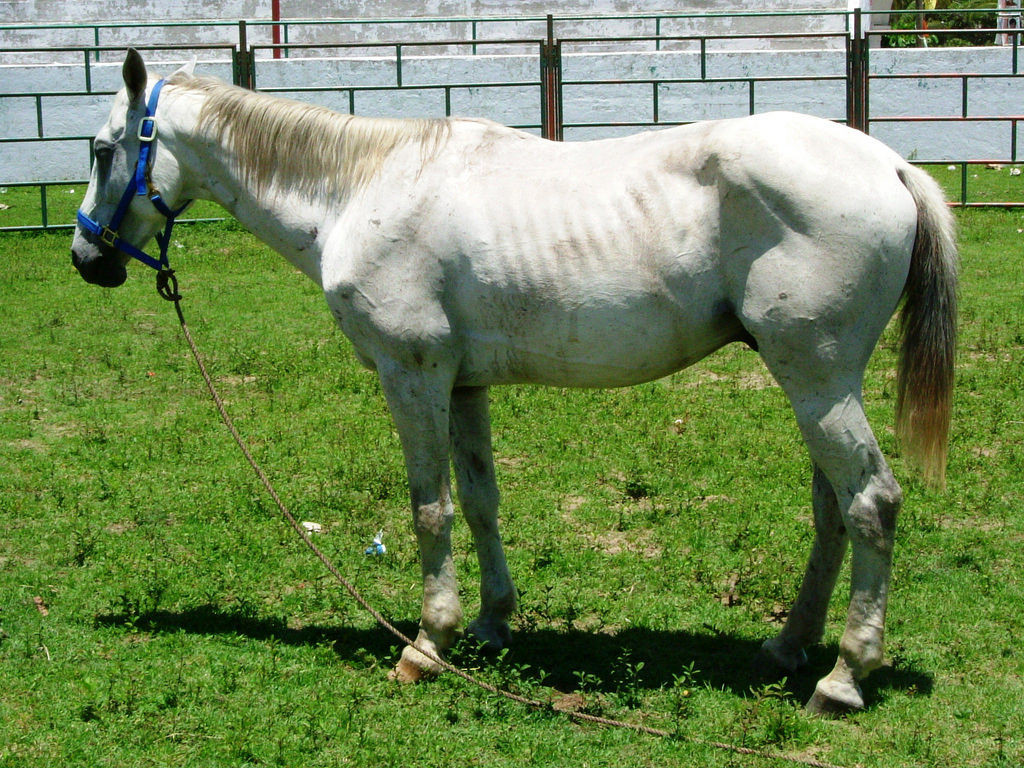Liver disease in horses is relatively common, however there are many different potential underlying causes. As in humans, a horse's liver has huge reserve capacity. For this reason, obvious clinical signs may not become apparent until 60% of liver function is lost, and signs of overt liver failure may not occur until 75-80% of the liver is damaged. We therefore see many "sub-clinical" cases of liver disease and as an owner, it is important to be able to pick up on potential signs of liver disease as early as possible. In this blog we will discuss the signs of liver disease, from subtle to severe, and what we might want do to investigate.
Remember liver disease can vary from very mild inflammation through to liver failure, and everything in between.
What to watch for? Signs can often be vague, intermittent and non-specific such as:
quiet demeanour
depression
anorexia (reduced or absent appetite)
exercise intolerance
weight loss
mild colic
fever (a horse's normal temperature is between 36.5-38.5 degrees celcius)
icterus (yellow discolouration of mucous membranes)
Less commonly we may also see diarrhoea, photosensitisation (an abnormal reaction of the skin to sunlight - generally white areas are affected), bilateral laryngeal paralysis (resulting in very noisy breathing or difficultly breathing), bleeding due to clotting issues, ascites (fluid within the abdomen), dependent oedema (e.g. sheath swelling or swelling between the front legs or of the underneath of the abdomen).
In cases of severe acute liver disease, or in chronic liver failure, we sometimes see a condition called hepatic encephalopathy due to the liver's inability to remove toxins from the bloodstream. These toxins then affect the horse's brain, and cause changes in the horse's mental state i.e. we may see the horse pressing it's head against walls/solid objects, circling, ataxia (wobbliness), aimless walking, yawning, somnolence (sleepiness), central blindness, aggressive behaviour or collapse.
Recommended investigations for cases of suspected liver disease include:
blood sampling - this will allow us to confirm or rule out liver disease in an individual horse, but will not necessarily tell us the underlying cause ultrasound examination of the liver - to look for enlargement or cirrhosis (shrinking) of the liver, focal abnormalities, dilated blood vessels, abscesses, cysts - most importantly ultrasound allows us to perform a liver biopsy as safely and accurately as possible liver biopsy - allows us look into the underlying cause of liver disease and to determine the best course of treatment (this may include steroids, antibiotics, anti-parasitic drugs, dietary management etc.) and most importantly allows us to establish the horse's prognosis for recovery
Monitoring response to treatment often requires repeat blood sampling +/- repeat liver ultrasound and biopsy.
We may also recommend blood sampling of companions sharing the same field or under the same management, as in some cases, liver disease may be present in several horses within the the same group. This information may help guide us to the potential underlying cause.
As ever, if you have any questions or concerns having read the above information, please phone/text us on 07747 771182, message us on Facebook or email info@ridingsequinevets.co.uk.
Jess x

